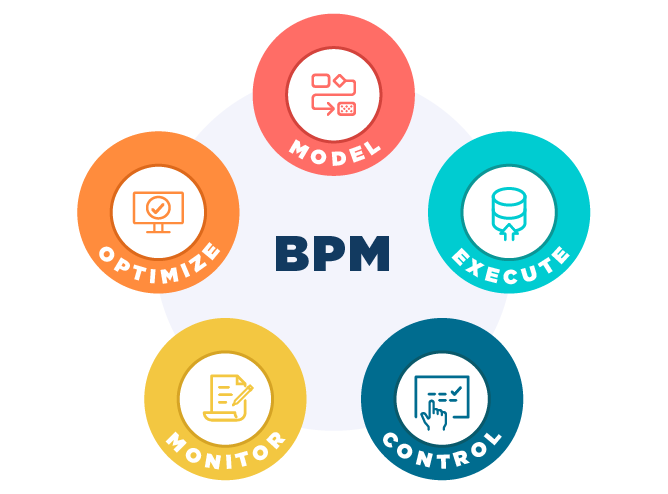How to Optimize Business Processes
Relationships in a Business Process Model (RBM) are extracted through various methods. This includes extraction through event-based data, both in terms of time-series data and information on demand, such as from a company’s CRM or ERP data. Other elements of relationship information may also come from either source and from documented case studies. In addition, relationships may also be derived from various applications that support business processes. For instance, one application may support a data analysis that extracts core transaction elements, such as customer transactions, and another application may support a literature review of a company’s existing processes.
Let’s say that the company is in the research and development stage. A business processes analysis would then be necessary to derive from the existing data the core transaction elements which support the R&D process.
In this situation, it would be necessary to first extract the critical language (which of the following statements is true:
- a) R&D process has been supported by business process modeling.
- b) the core elements of the business process modeling are being used to support the R&D activities.
Now let us apply the same analysis to the previous example using a gizzard perspective. Assume that there are four key activities in the gizzard strategy. One of these is marketing the product. Second is building the infrastructure, such as manufacturing facilities and distribution channels. The third is controlling the pricing strategy and the last is sales and after sales support. These are the core business processes.

Now we have a problem of how to extract the logical roles from the logical elements of the above framework. We can use an ontological approach and model the system as a set of relations. This will allow us to extract the logical elements as well as the physical from the data. In fact, the ontology principle can be applied to solve any problems that arise in any domain, such as manufacturing, finance, human resources or even customer relationship management. We can generalise the ontological analysis to cover any object-oriented programming language (OPL) and any group of interacting agents.
Let us look at an OPL that implements the above business process, i.e., a company’s website.
The website contains a number of pages. For each page of the website, we want to analyse the contents of that page. The pages could contain a particular role, or many roles; for instance, the site could contain a homepage, about the company, products and services, contact us etc. We could assume that the homepage contains a single page, which is the page which contains the company’s logo. We can analyse this homepage in terms of logical roles, which we could extract from the website’s structure using a WYSIWYG (what you see is what you get) editing tool.
This can be captured using meta-models, i.e., the rules which govern how web elements are used within the website. Meta-model extraction can be achieved using an industry-standardized approach called PSD to XHTML code transformation. Meta-models are not directly extracted from the HTML source code but rather extracted from the layout, using a WYSIWYG editor.


